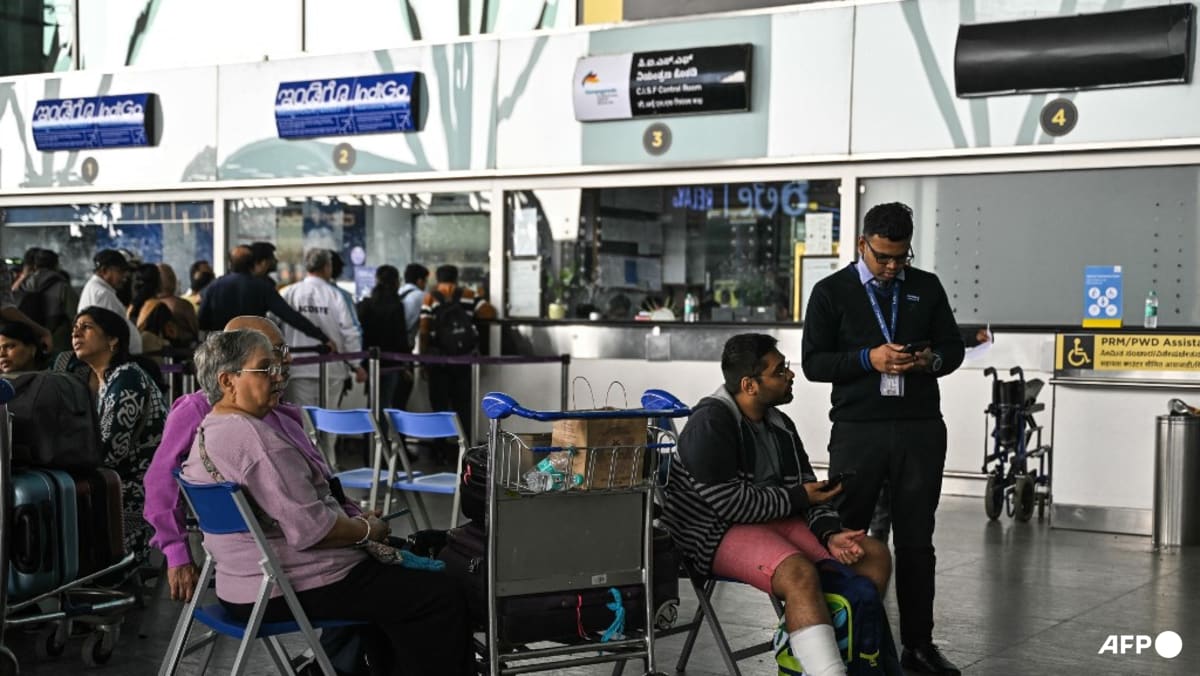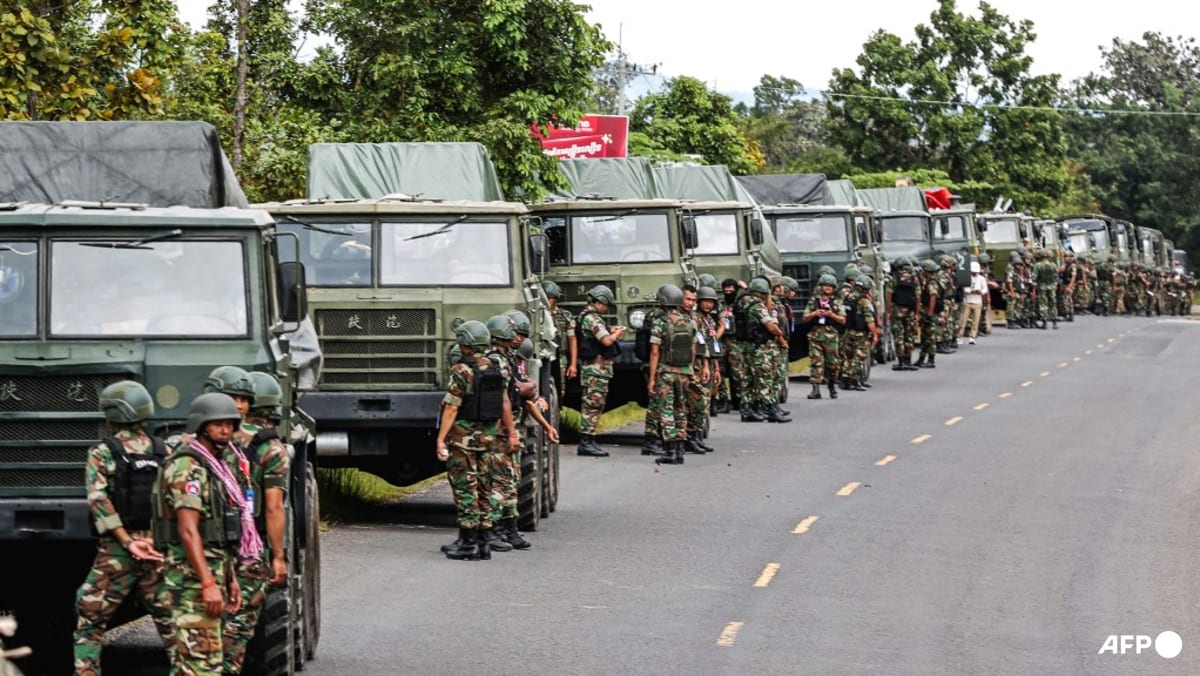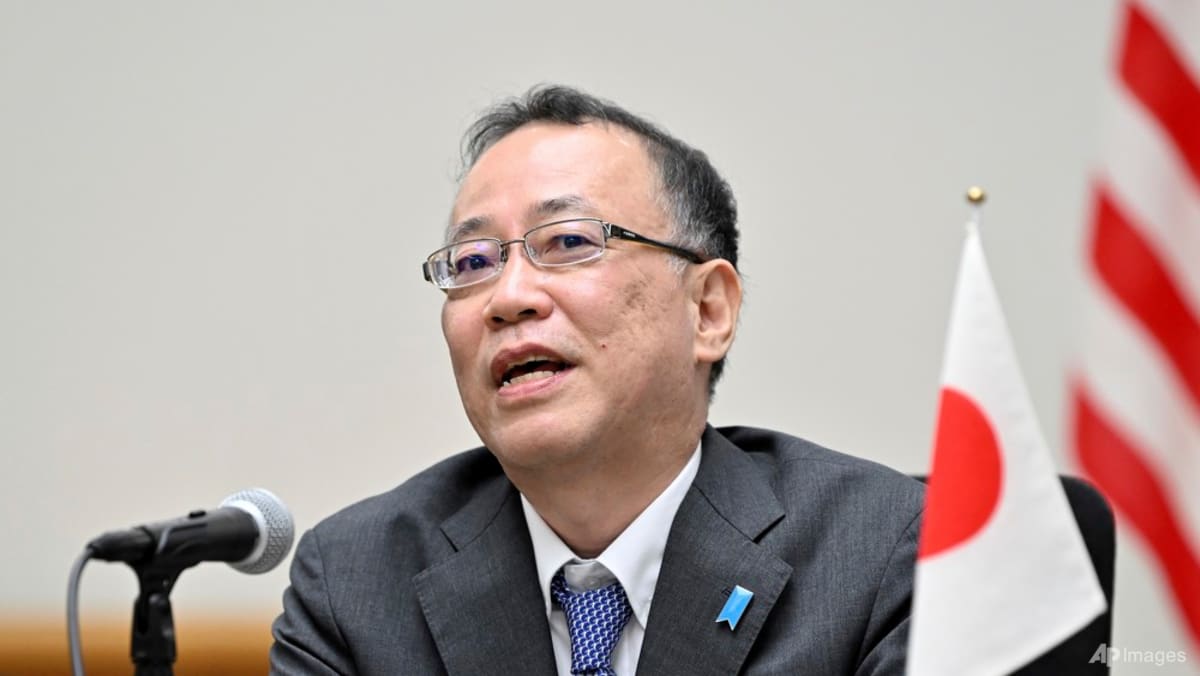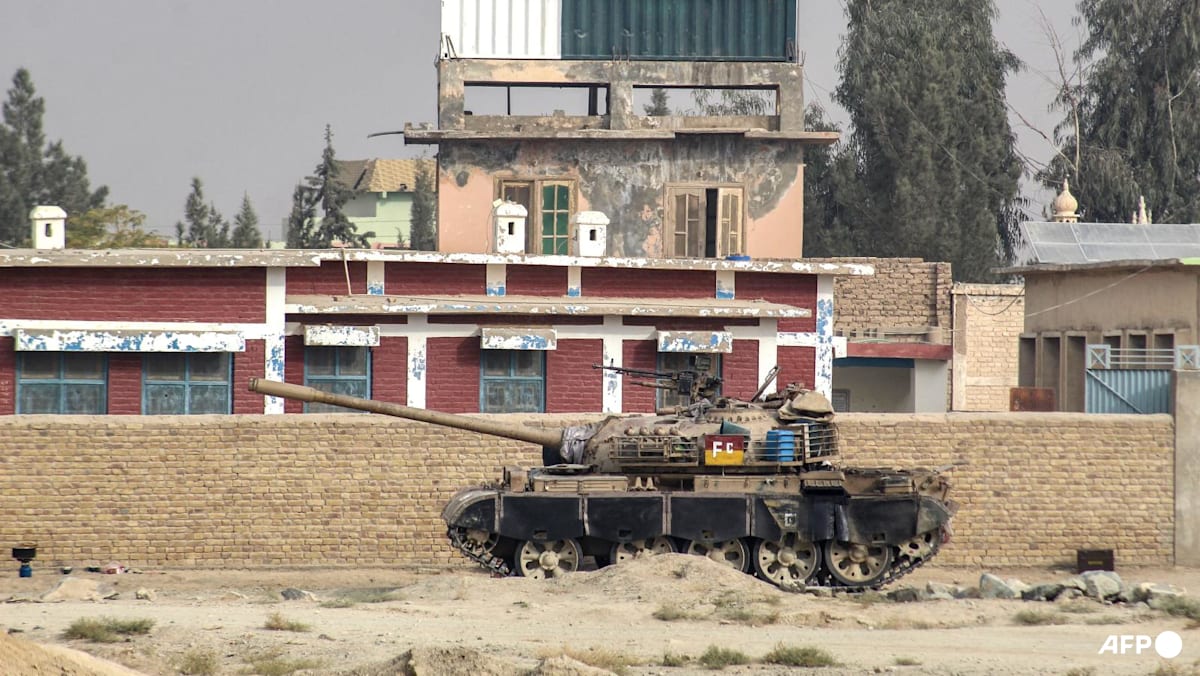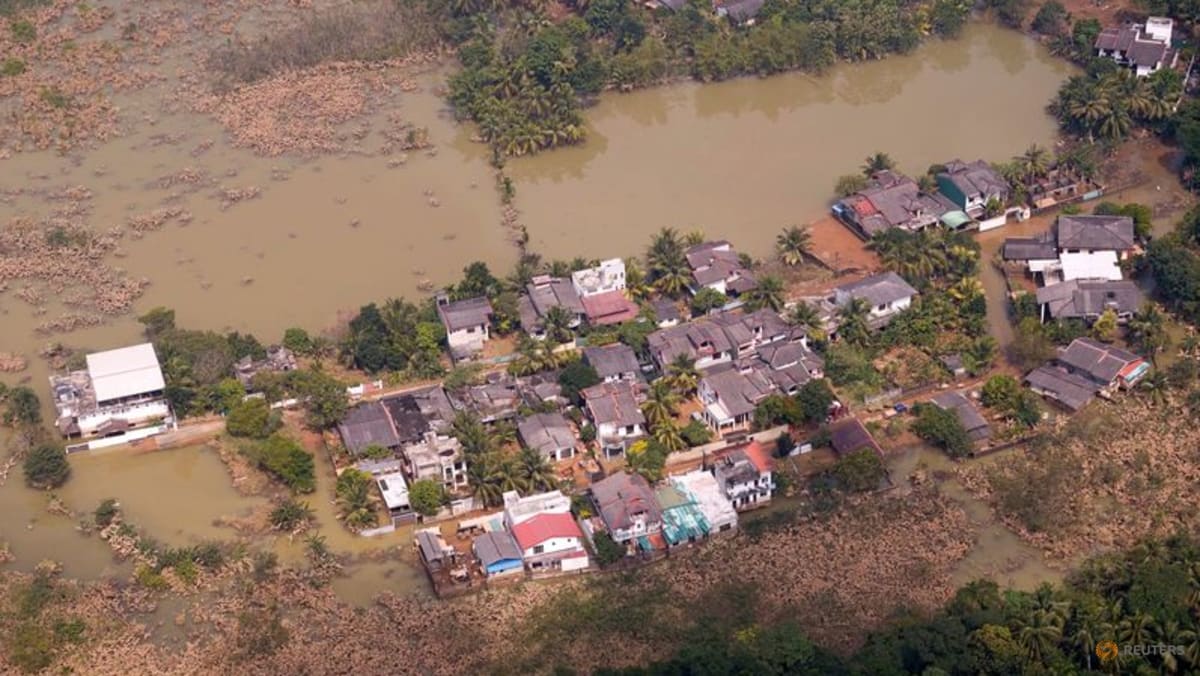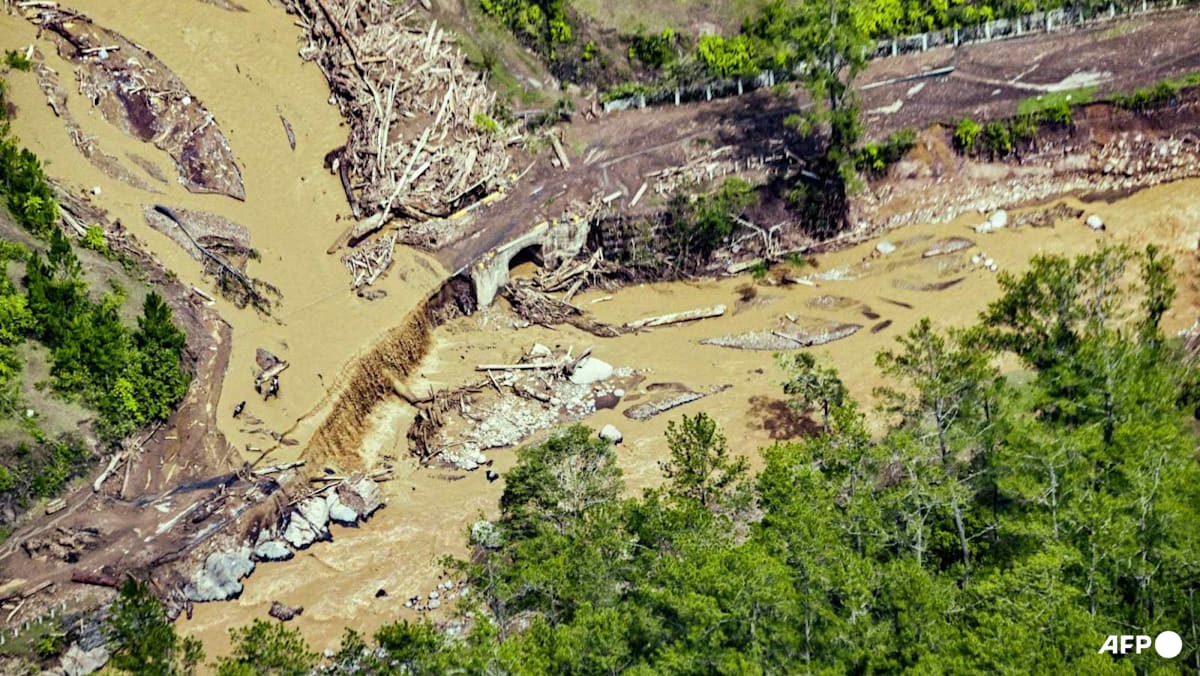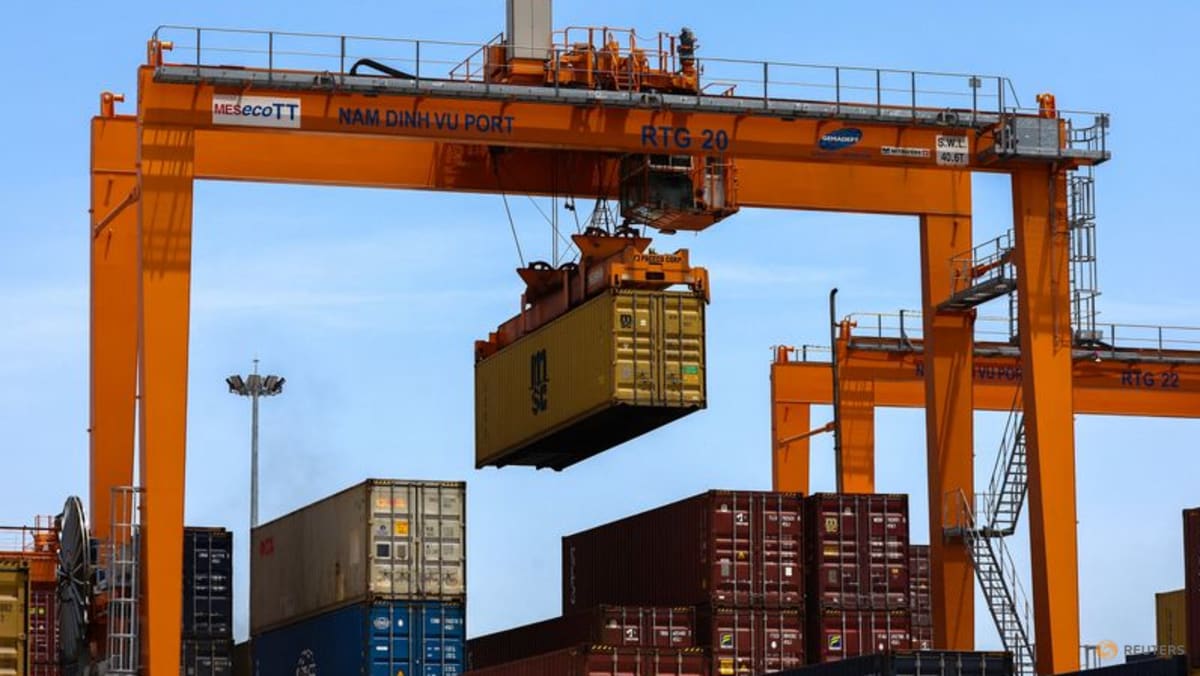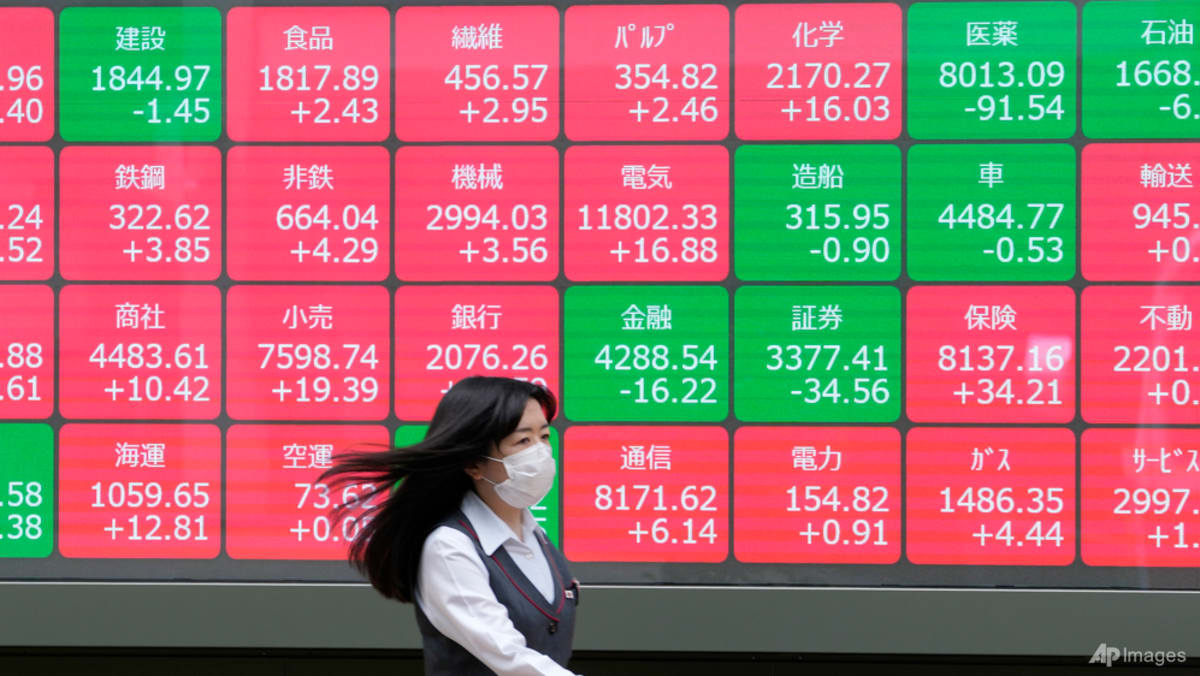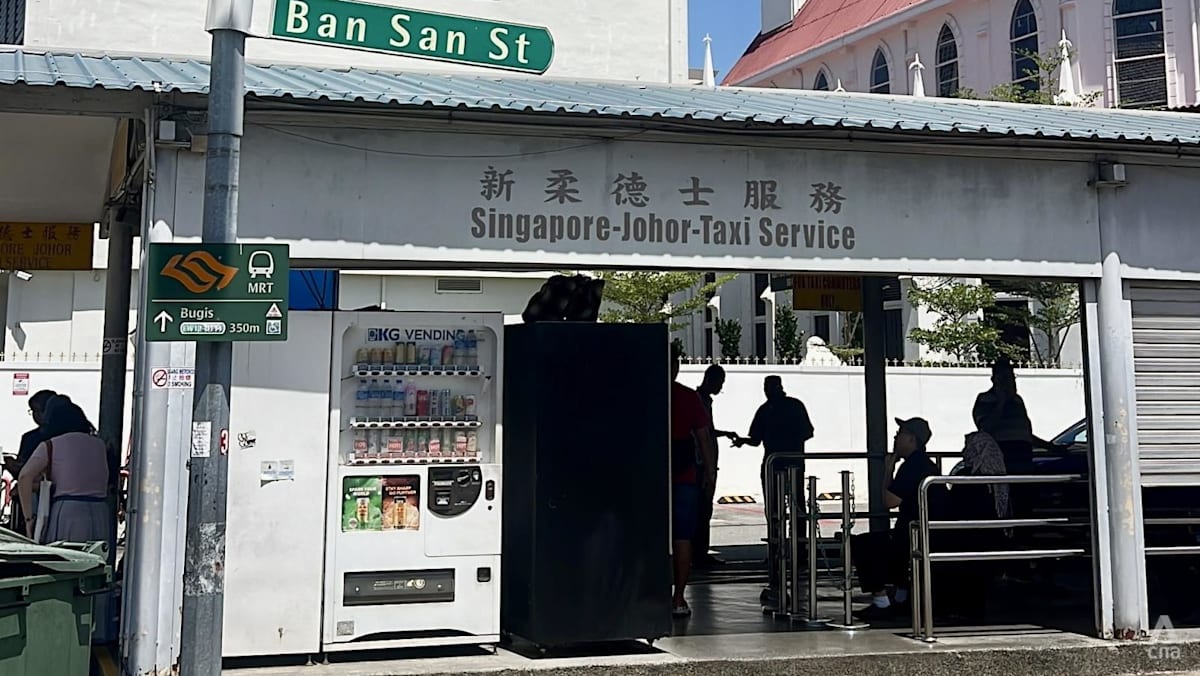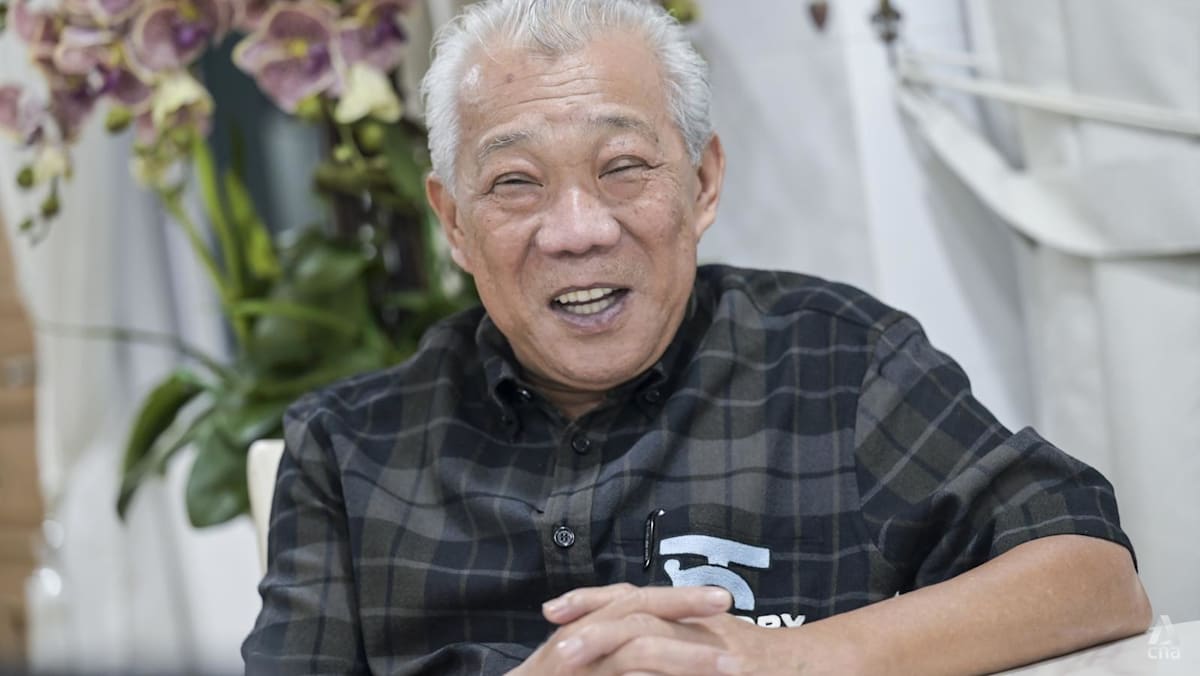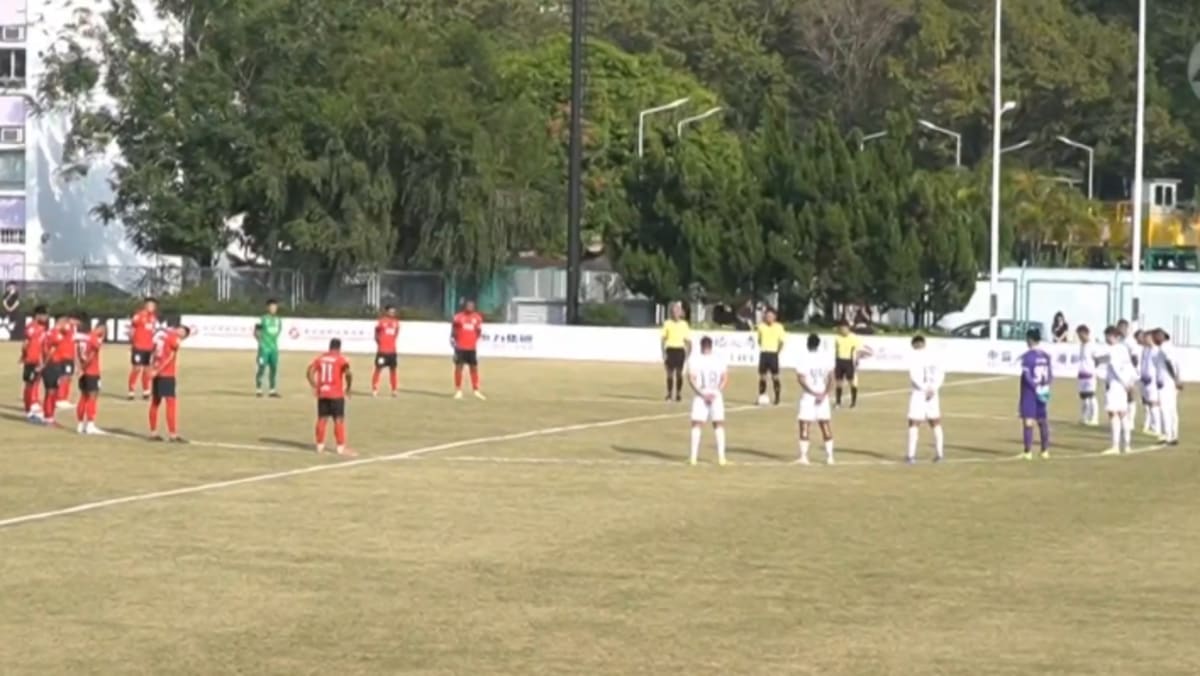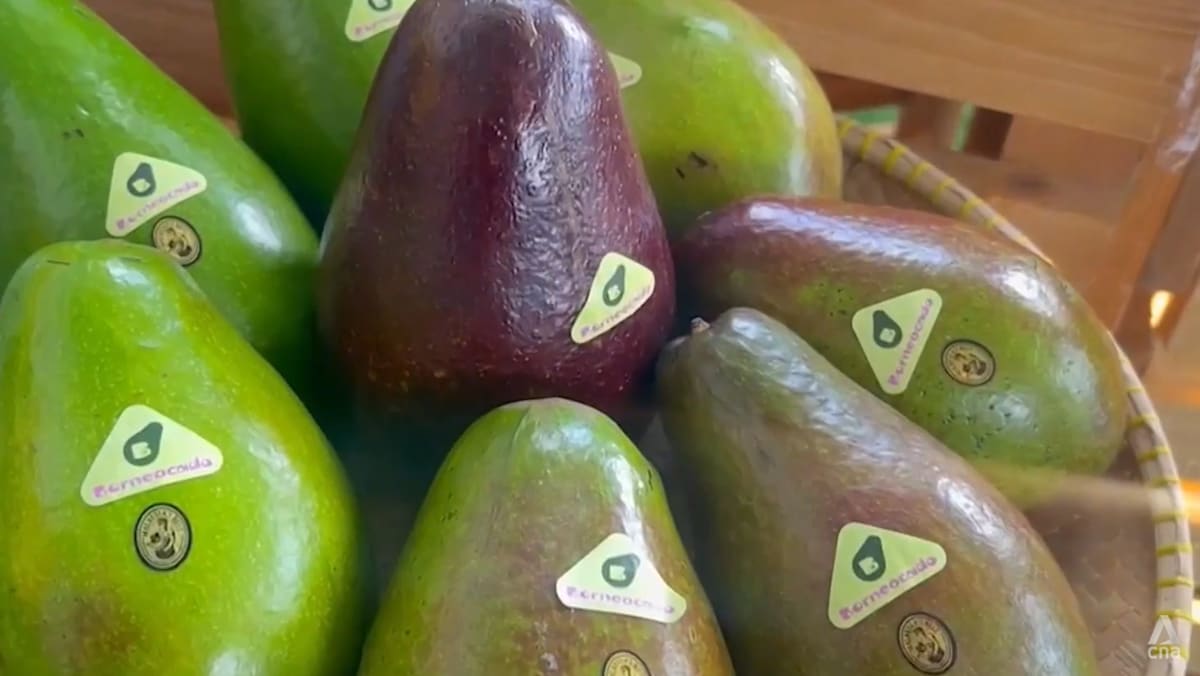Singapore, Malaysia to study setting up special economic zone in Johor

The JMCIM has met regularly since it was set up in 2007 to review cooperation in the South Johor economic zone of Iskandar.
Last year, the committee said a transportation workgroup will study how to improve cross-border connectivity for pedestrians and cyclists and the feasibility of a new ferry service between Tuas and Puteri Harbour.
During an official visit to Singapore in February, Johor chief minister Onn Hafiz Ghazi had proposed this ferry service to ease congestion on the Tuas Second Link.
“Commercial operators in Singapore and Malaysia will be starting discussions to assess the commercial viability of a potential new ferry service between Puteri Harbour and Tuas,” JMCIM said.
It did not provide further details on where in Tuas the ferry would depart from.
The transportation workgroup has also agreed in principle to increase the frequency of the KTM Tebrau Shuttle, a train service that connects Woodlands and Johor, from 31 to 36 daily trips. The new schedule will commence once agencies on both sides work out further details.
SPECIAL ECONOMIC ZONE
Mr Lee said the task force studying the Johor-Singapore special economic zone will first have to draft its terms of reference and broad areas of collaboration.
Special economic zones refer to geographically delimited areas within a country’s borders that offer well-developed industrial spaces with special legal regimes, rules, institutional environments and incentives.
Many Association of Southeast Asian Nations (ASEAN) member states have implemented such zones to attract investments, create jobs and encourage exports.
These zones include export processing zones, free trade zones, technology parks and digital free trade zones.
“But the JMCIM doesn’t start from a blank canvas … Many workgroups have done very good work, whether it’s on transport connectivity for the people, innovation, business ecosystem, environment, tourism, technical and skills training and all that,” Mr Lee said.
“Many of these will also be geared in support of the special economic zone vision.”
The special economic zone was first mooted by Malaysia’s Economy Minister Rafizi Ramli, who said in May that the Malaysian government had discussed the idea with Singapore but that it had yet to be formalised.
“What we need to iron out … is some work on harmonisation,” Mr Rafizi said on Friday.
“Because certainly, if we want to operate and function as an economic region, we have to try our best to allow for interconnectivity and interoperability so that it is as seamless as possible.
“Of course, an economic zone would allow for much better movement of people and goods. So there’s also some harmonisation that we have to do in terms of immigration and customs. But these are all at the early stage.”
Both Mr Rafizi and Mr Onn represented Malaysia, while Mr Lee was accompanied by acting Transport Minister Chee Hong Tat.
“The JMCIM looks forward to meeting again soon in Malaysia to sustain the positive momentum of bilateral collaboration,” JMCIM said.
Source: CNA



